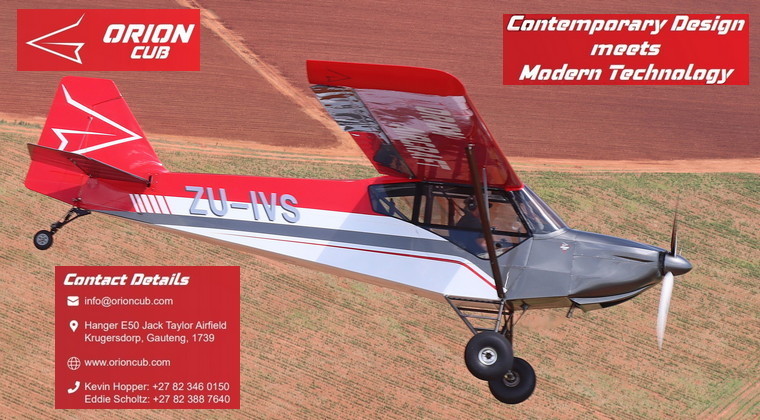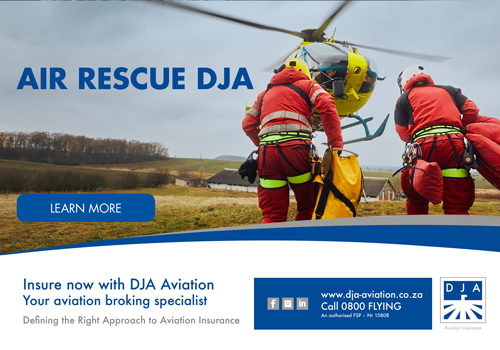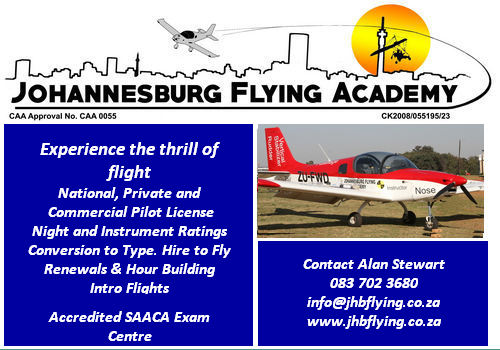



























RC Jets over Swartkop Sunday 28 January 2024
By Willie Bodenstein
Google Banner Ad

I attended on Sunday 28 January, my second visit to this exciting action filled event. These state-of-the-art aircraft once in the sky look, sound and fly just like their real counterparts.
Nineteen pilots flying a variety of pure jets and some ducted fans had entered. The weather, initially overcast, was perfect. As with all aviation events the day's proceedings start with a safety briefing. From then on it was action all the way with no long waits for the next aircraft to take to the sky.


The earliest examples of electronically guided model aircraft were hydrogen-filled model airships of the late 19th century. They were flown as a music hall act around theatre auditoriums using a basic form of spark-emitted radio signal. In the 1920s.
Radio control systems for model aircraft were developed in the late 1940s and early 1950s by English enthusiasts such as Howard Boys, who patented his 'Galloping Ghost' system of proportional control and became a regular contributor to Aeromodeller on the topic.

In the United States, two pioneers in the field of controlling model planes by radio were Ross Hull and Clinton DeSoto, officers of the American Radio Relay League. During 1937, these two men successfully built and flew several large R/C gliders in the first public demonstration of controlled flights, in the course of which their sailplanes made more than 100 flights.
RC Jets tend to be rather expensive and commonly use a micro turbine or ducted fan to power them. Most airframes are constructed from fibre glass and carbon fibre. For electric powered flight which are usually powered by electric ducted fans, may be made of styrofoam.


Most micro turbines start with propane, burn for a few seconds before introducing the jet fuel by solenoid. These aircraft can often reach speeds in excess of 320 km/h (200 mph). They require incredibly quick reflexes and very expensive equipment, so are usually reserved for the expert.
RC Jets tend to be rather expensive and commonly use a micro turbine or ducted fan to power them. Most airframes are constructed from fibre glass and carbon fibre. For electric powered flight which are usually powered by electric ducted fans, may be made of styrofoam.


Most micro turbines start with propane, burn for a few seconds before introducing the jet fuel by solenoid. These aircraft can often reach speeds in excess of 320 km/h (200 mph). They require incredibly quick reflexes and very expensive equipment, so are usually reserved for the expert.

An average turbine aircraft will cost between R4,000 to - R250,000 with more than R420,000 all-up becoming more common. The average microturbine will cost between R40,000 and R100,00 depending on engine output. Smaller turbines put out about 12 lbf (53 N) of thrust, while larger microturbines can put out as much as 45 lbf (200 N) of thrust. Radio control jets require an on board FADEC (Full Authority Digital Engine Control) controller, this controls the turbine, just like a larger turbine. RC Jets also require electrical power. Most have a lithium polymer (LiPo) battery pack at 8-12 volts that control the FADEC. There is also a LiPo for the onboard servos that control ailerons, elevator, rudder, flaps and landing gear.
I was quite impressed by the camaraderie and the passion of those present as well as the strict adherence towards safety.
Swartkop is a avtive military base and entrance by the public is strictly controlled and only visitors that has pre-registered will be allowed in.

Top Gun Jets over Swartkops

Google Banner Ad
 |
 |
 Copyright © 2024 Pilot's Post PTY Ltd
The information, views and opinions by the authors contributing to Pilotís Post are not necessarily those of the editor or other writers at Pilotís Post.
Copyright © 2024 Pilot's Post PTY Ltd
The information, views and opinions by the authors contributing to Pilotís Post are not necessarily those of the editor or other writers at Pilotís Post.